The Salton Sea in Southern California’s lower Colorado Desert has dwindling water levels, leaving behind extremely salty remnants. However, a 2023 study revealed a stunning discovery beneath the lake’s southern end: an enormous reserve of lithium, often referred to as "white gold." According to the Daily Mail, this treasure trove is valued at a staggering $540 billion—far beyond what researchers initially expected.
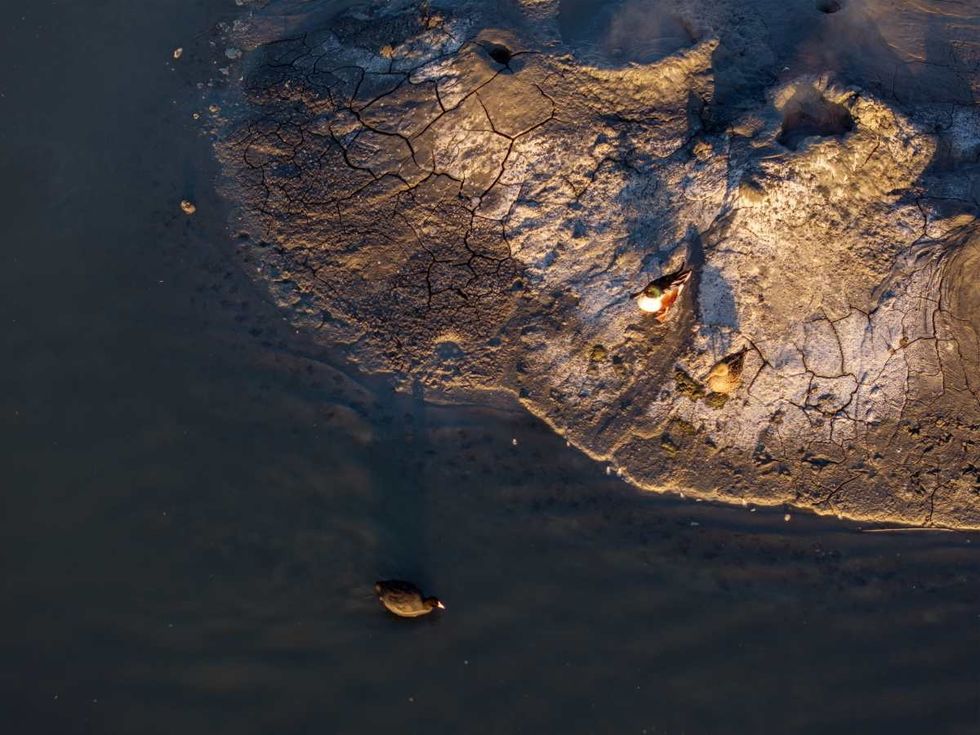
Researchers from Lawrence Berkeley National Laboratory studied California's largest lake and found a deep, hot underground pool rich with lithium. According to IFL Science, lithium is called "white gold" because of its crucial role in the green revolution, providing the raw material needed to replace fossil fuel systems with battery-powered alternatives.
“It’s going to be roughly the equivalent of 382 million electric vehicle batteries,” Alex Prisjatschew, an engineer with the U.S. Department of Energy, told the Los Angeles Times. According to the report, this estimate is roughly 18 million metric tons of lithium. To conduct the study, according to The Hill, analysts from the University of California, Berkeley measured lithium concentrations in the lake’s rocks and designed computer models to estimate its potential production over the next 30 years. They also brainstormed various methods to extract the metal to the surface.
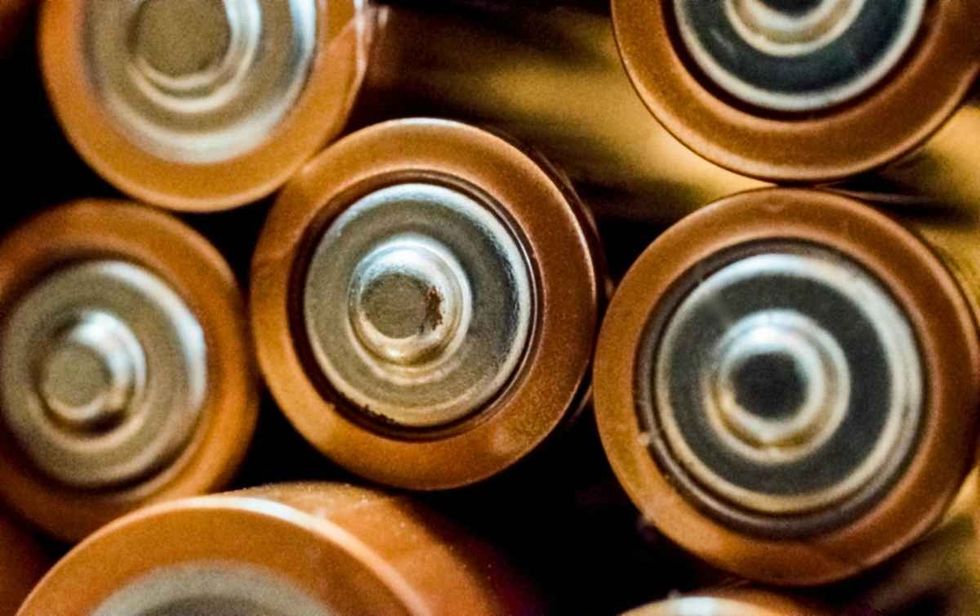
Even though the giant lake sits atop a whole treasure trove of lithium, its reputation is not all pristine, as its waters are considered harmful and toxic for humans. According to IFL Science, it is one of the most heavily polluted lakes. The reason lies in its history.
The desert lake was first created by accident in the 20th century when irrigation canals from the Colorado River flooded and spilled over into a basin. With the irrigation canal waters departing from the location, the lake began to shrink and soon converted to a slime of salty toxic dust. As winds gush atop the drying lakebed, they pick up enormous quantities of this toxic dust and blow it into the area where Imperial Valley residents breathe.
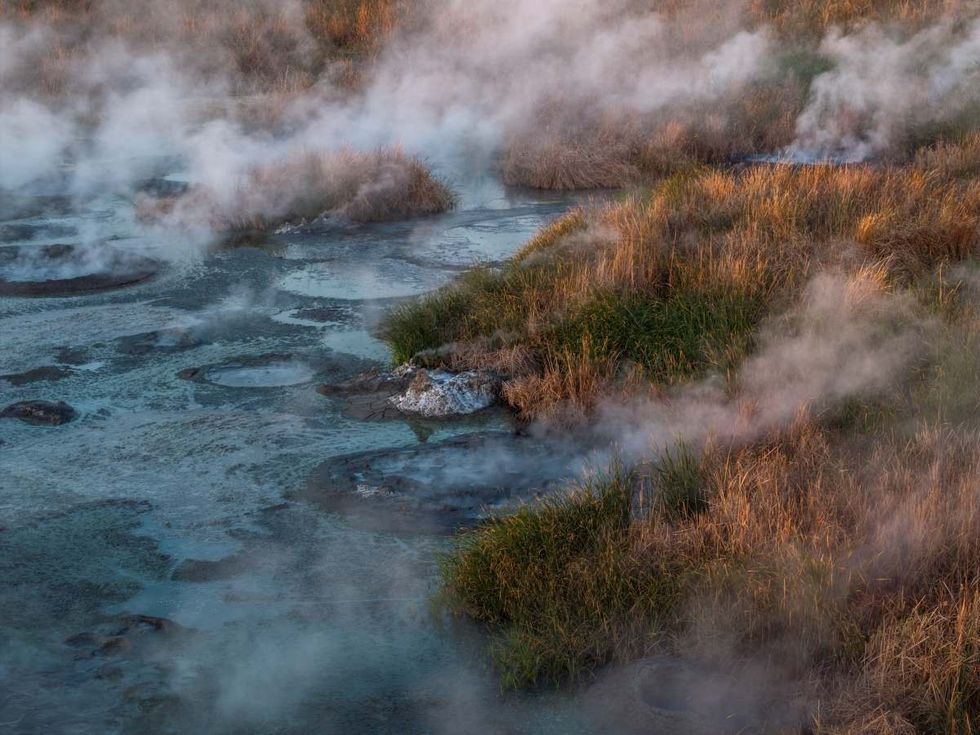
Still, the news of the metal treasure didn’t stop billionaires from investing their money in the project. Yet none was able to extract it sooner. One reason was the highly salty underground, which could instantly corrode their expensive equipment.
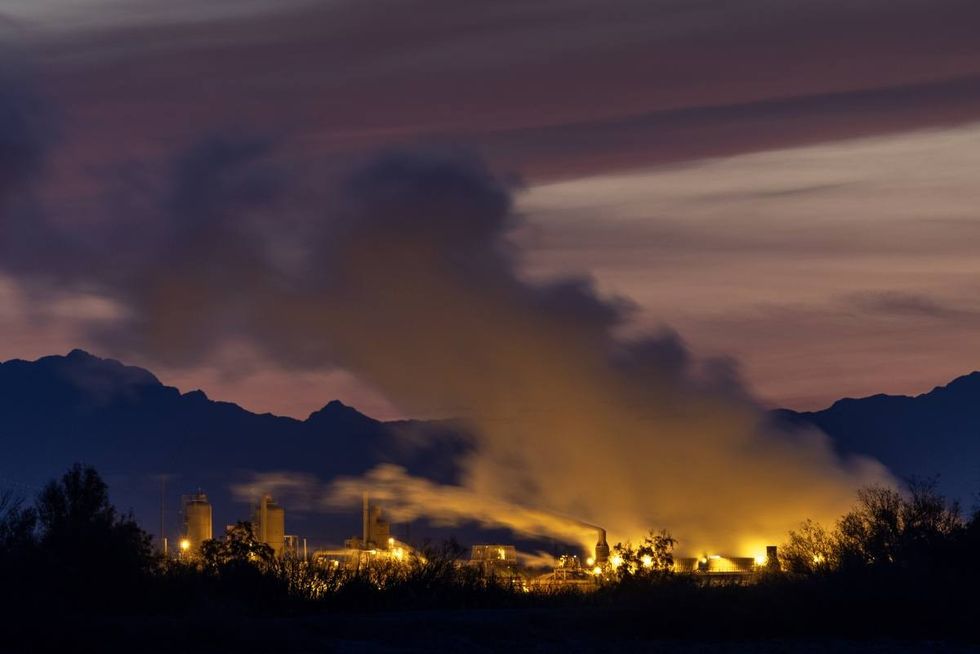
Plus, according to SFGate, arriving at the hotbed of lithium will not be easy and will require "geothermal production wells to extract the lithium-rich brine from thousands of feet below the earth’s surface, and once the lithium is dissolved from the brine, the liquid is pumped back underground." Besides this, thousands of residents who live around the lake will have to bear the consequences of drilling. Since drilling requires massive amounts of water supply, the residents will have to suffer the lack of water.


















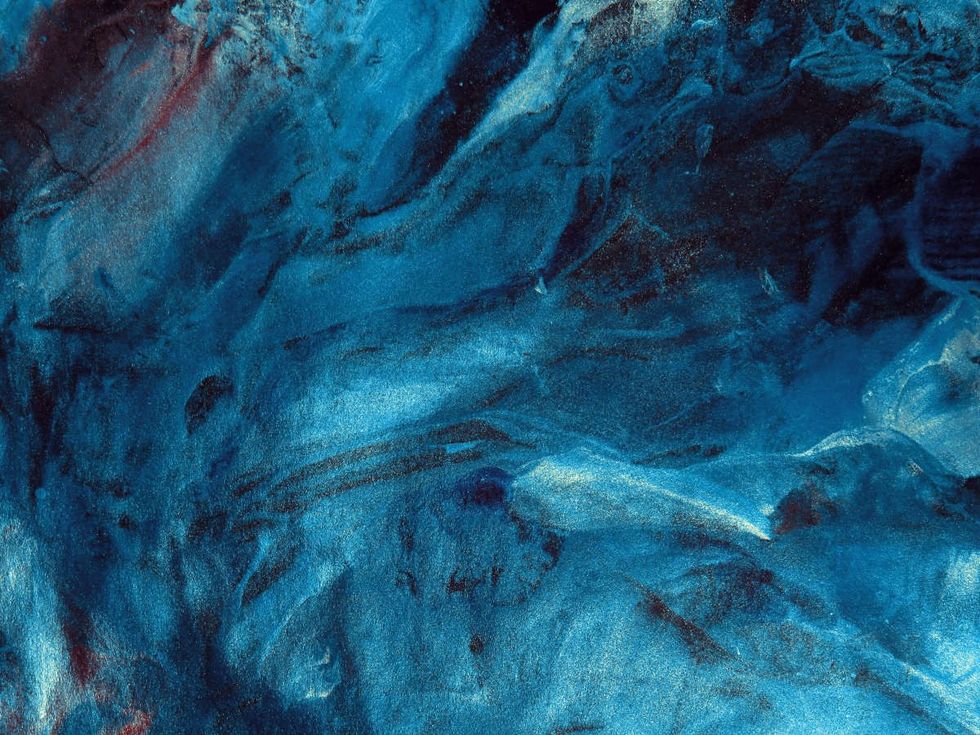 Representative Image Source: Pexels | Anni Roenkae
Representative Image Source: Pexels | Anni Roenkae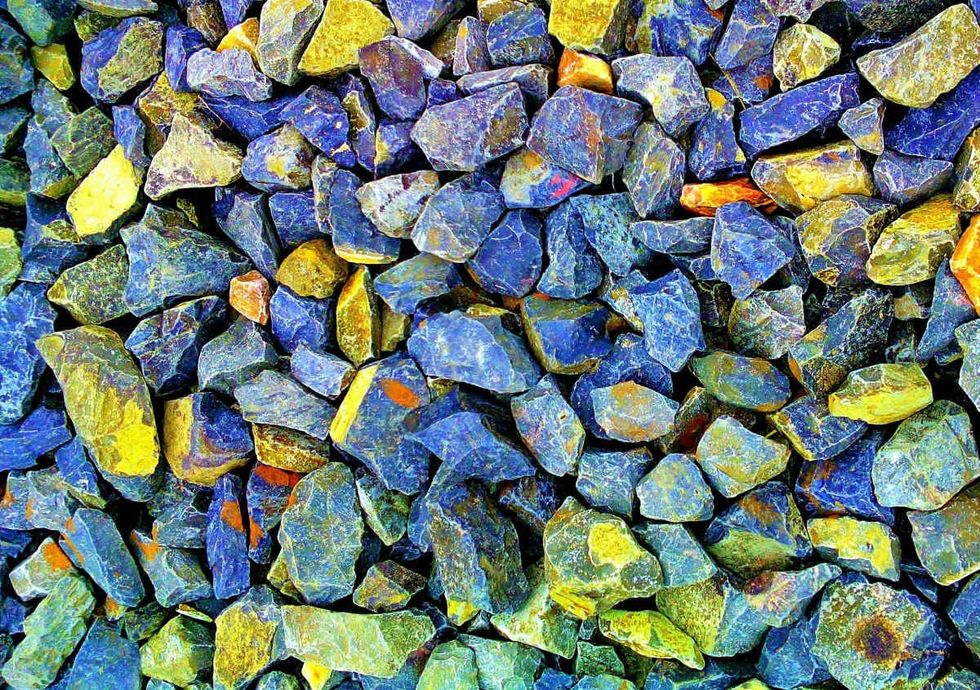 Representative Image Source: Pexels | Its MSVR
Representative Image Source: Pexels | Its MSVR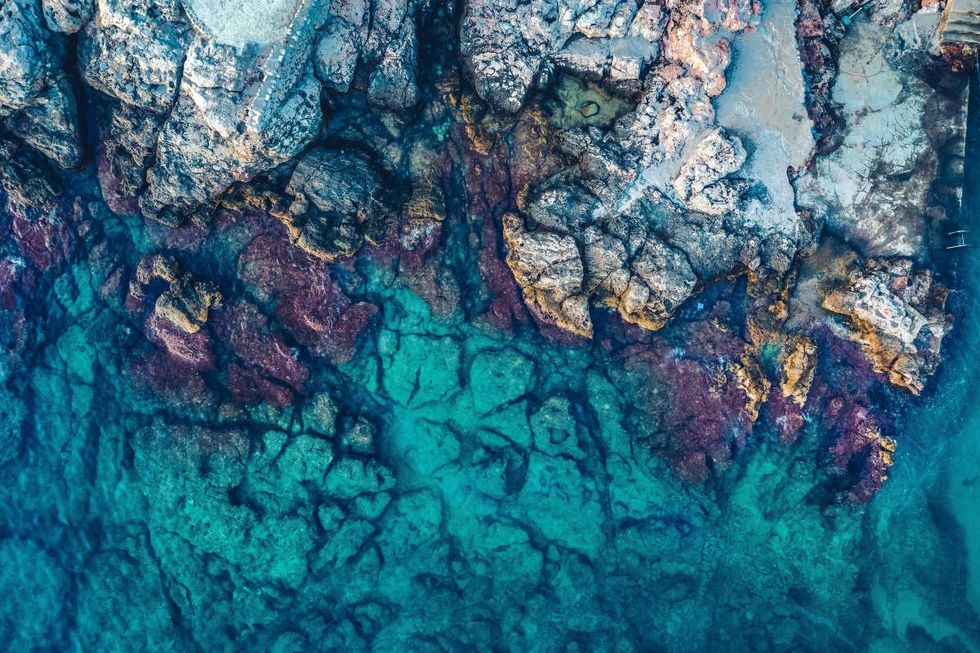 Representative Image Source: Pexels | Lucian Photography
Representative Image Source: Pexels | Lucian Photography

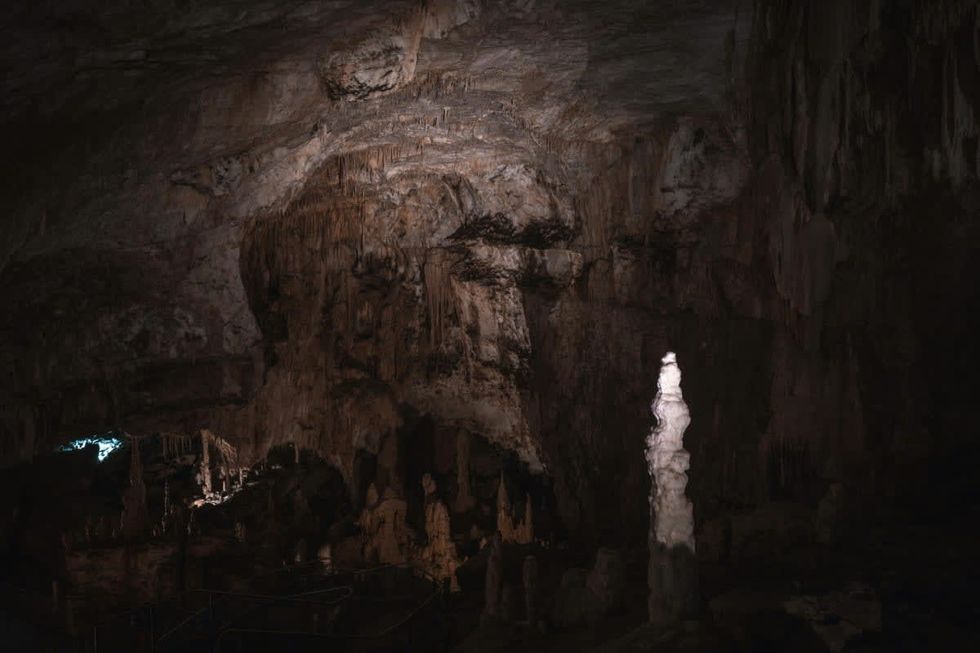 Representative Image Source: Pexels | francesco ungaro
Representative Image Source: Pexels | francesco ungaro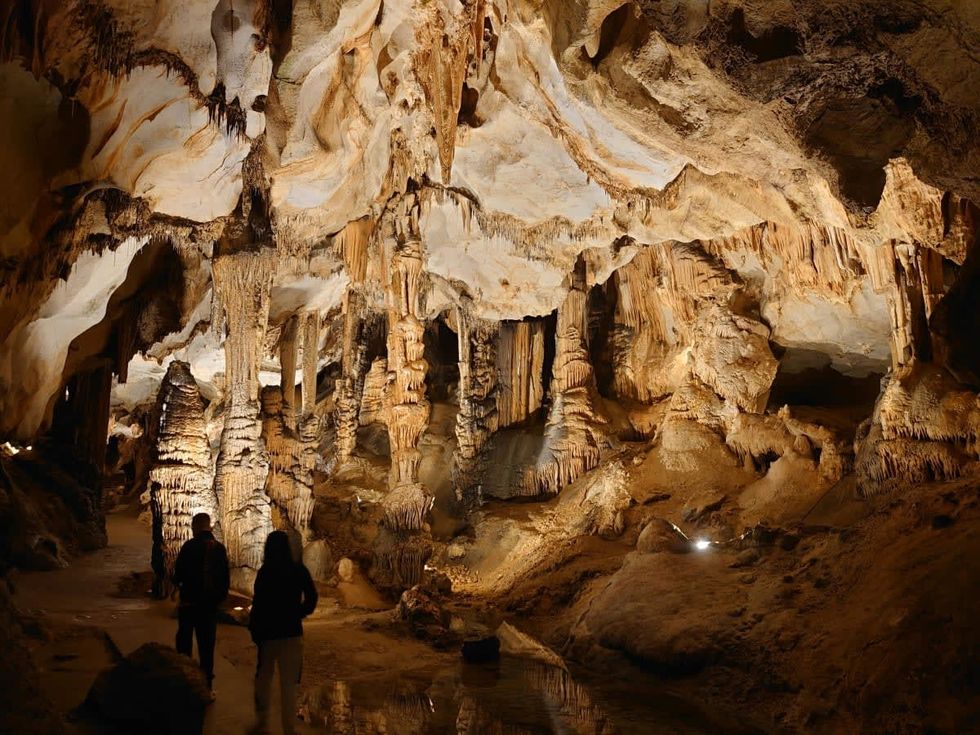 Representative Image Source: Pexels | parfait fongang
Representative Image Source: Pexels | parfait fongang Image Source: YouTube |
Image Source: YouTube |  Image Source: YouTube |
Image Source: YouTube |  Image Source: YouTube |
Image Source: YouTube | 
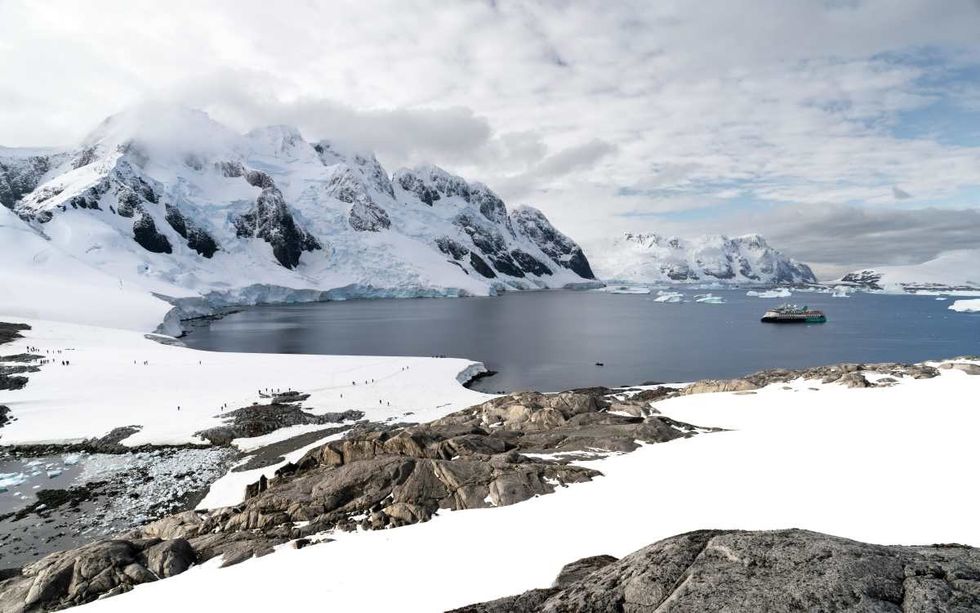 Representative Image Source: Pexels | Hugo Sykes
Representative Image Source: Pexels | Hugo Sykes Representative Image Source: Sectional view of the Earth, showing central fire and underground canals linked to oceans, 1665. From Mundus Subterraneous by Athanasius Kircher. (Photo by Oxford Science Archive/Print Collector/Getty Images)
Representative Image Source: Sectional view of the Earth, showing central fire and underground canals linked to oceans, 1665. From Mundus Subterraneous by Athanasius Kircher. (Photo by Oxford Science Archive/Print Collector/Getty Images)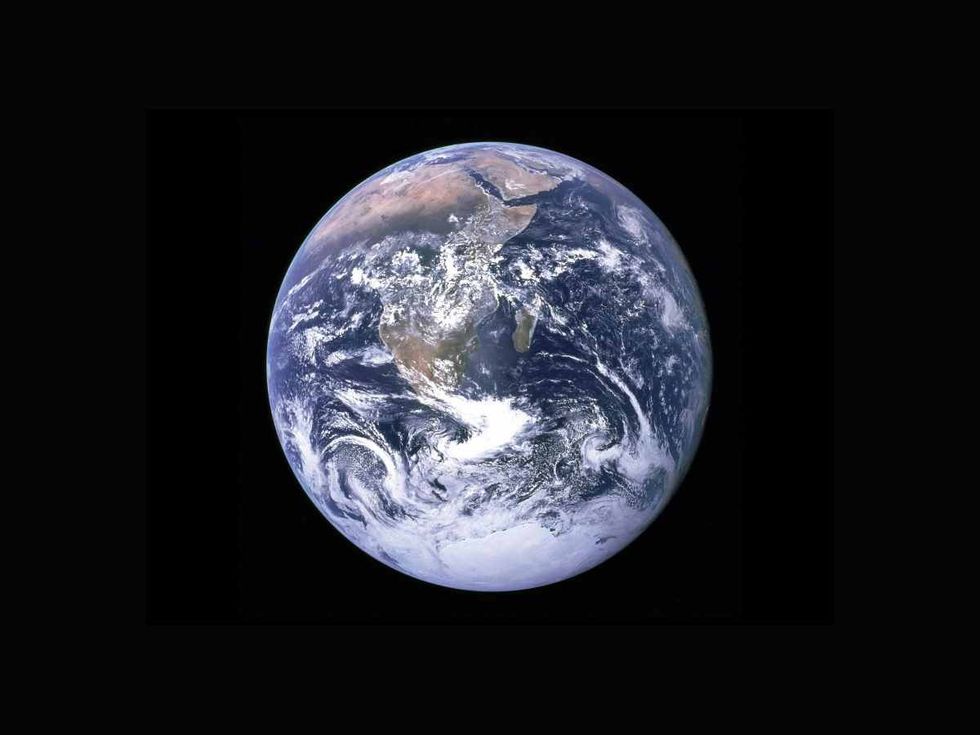 Representative Image Source: Pexels | NASA
Representative Image Source: Pexels | NASA

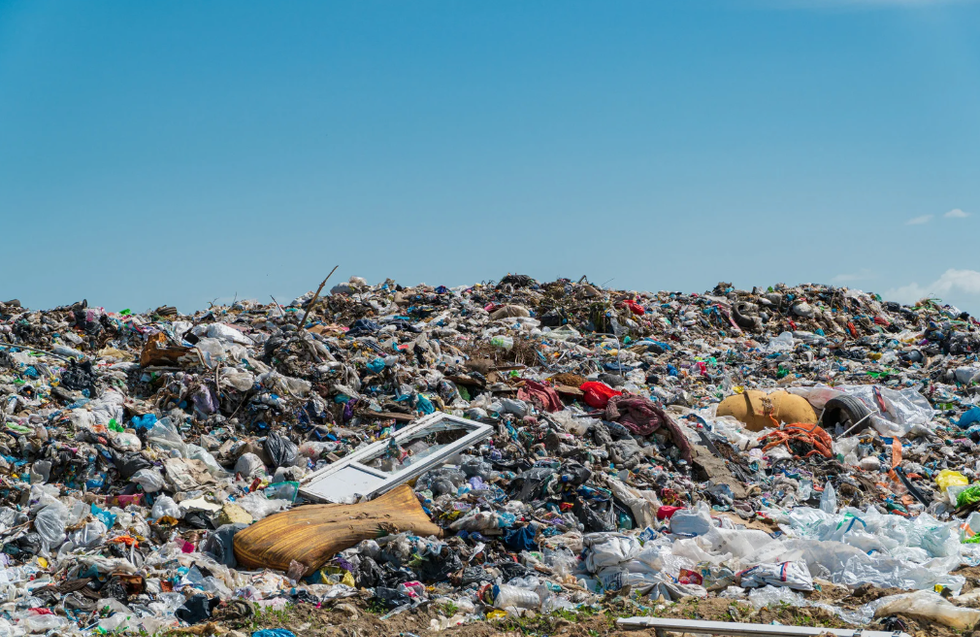


 Representative Image Source: Pexels | Steve Johnson
Representative Image Source: Pexels | Steve Johnson Representative Image Source: Pexels | RDNE Stock Project
Representative Image Source: Pexels | RDNE Stock Project Representative Image Source: Pexels | Mali Maeder
Representative Image Source: Pexels | Mali Maeder
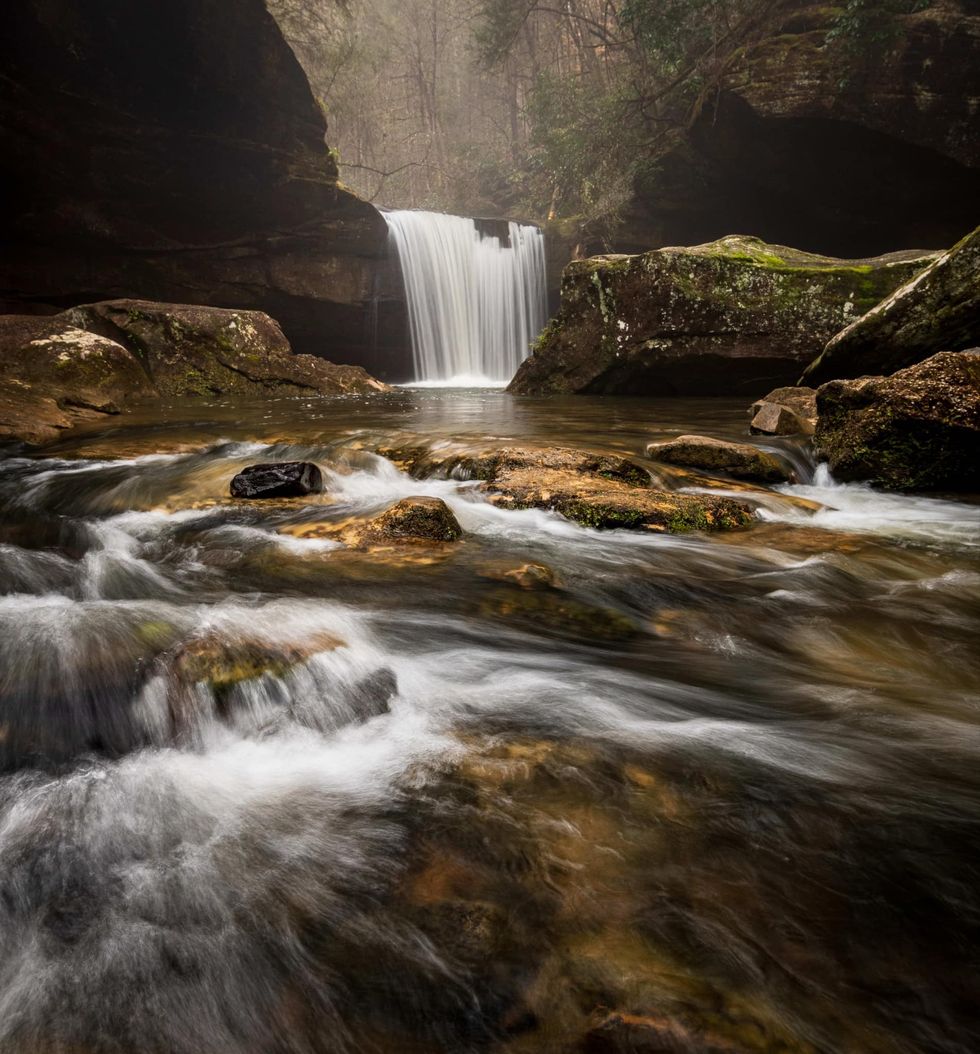 Photo: Craig Mack
Photo: Craig Mack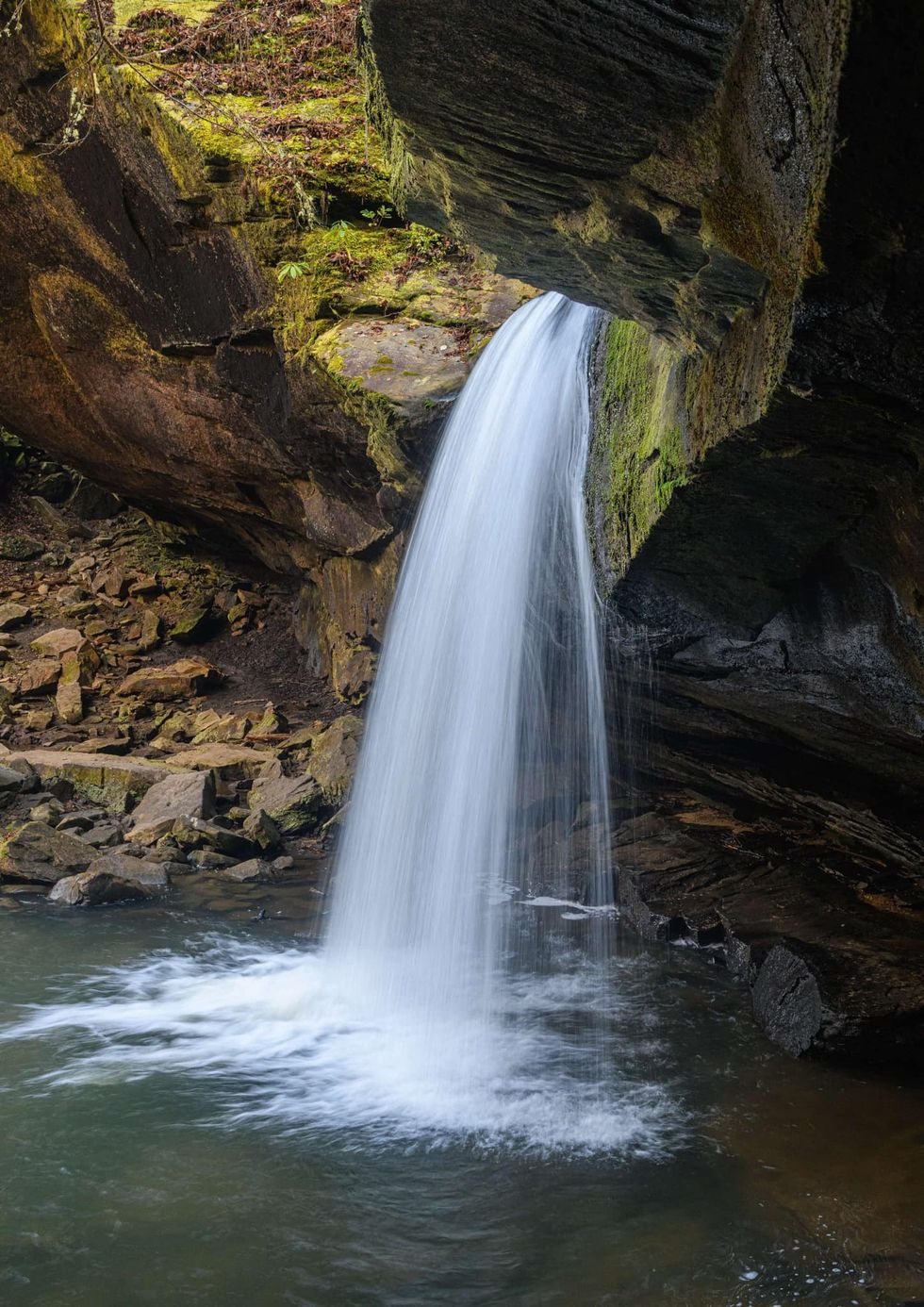 Photo: Craig Mack
Photo: Craig Mack